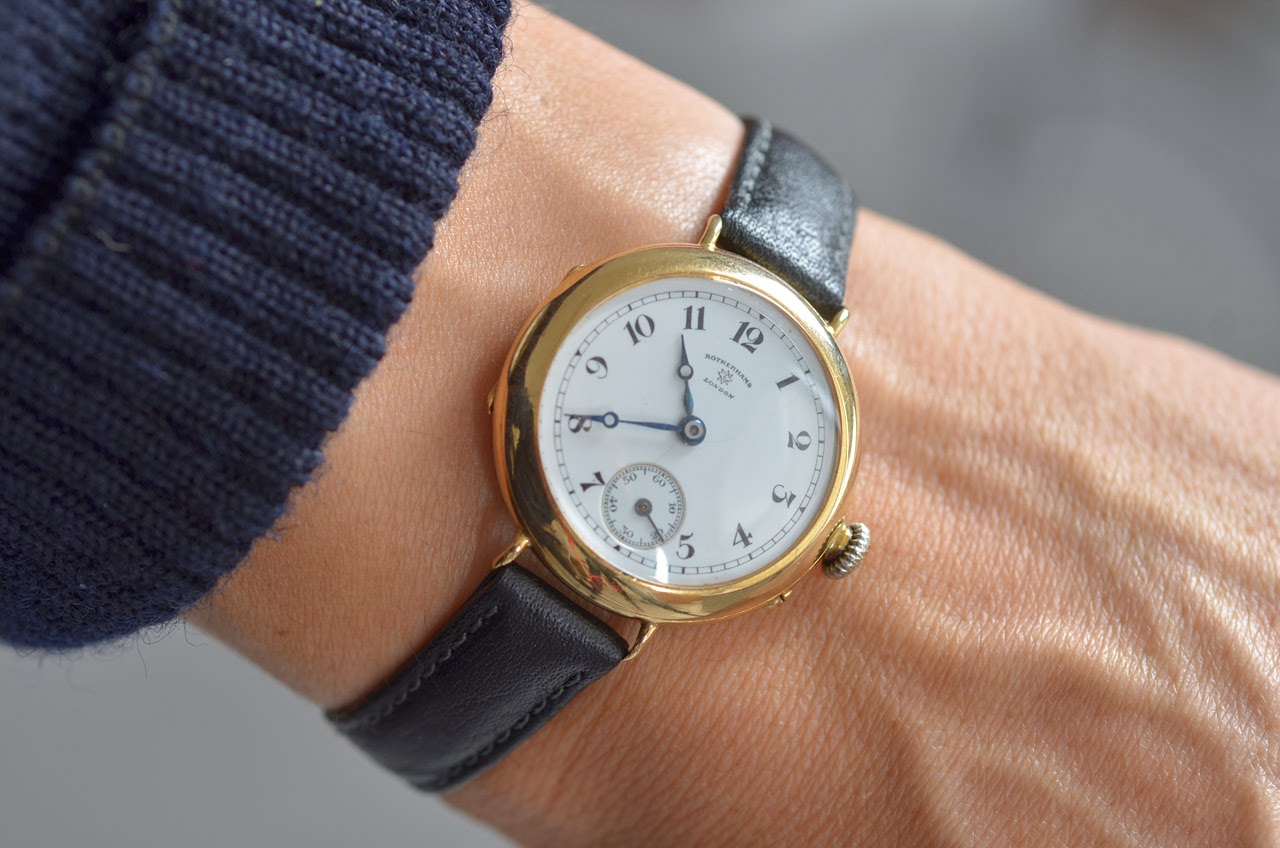
Ever wondered what is the difference between a chronometer and a chronograph is? Or how a face and dial means separate things?
It can be pretty tasking sometimes to know what all the terms related to time and your wristwatch means but it shouldn’t be something that takes the strength out of you. Here are all the answers to the questions you have about your wristwatch.
Swiss Made
Any watch that is Swiss made us one that it’s movement was assembled, started, adjusted and controlled by its maker in Switzerland.
To be sure that your wristwatch is genuinely Swiss made, it should come with the Swiss A.O.S.C. (Certificate of Origin) mark.
Tourbillon
A tourbillon refers to a round cage holding an escapement and balance that rotates once every 60 seconds.
It is mostly found in a mechanical watch and is basically used to eliminate timekeeping errors that may arise as a result of tiny variations which may occur when you switch your watch between horizontal and vertical positions intermittently.
Automatic Movement
Automatic Movement refers to a watch that automatically winds itself when you move your hand.
Such watches don’t need you to use your other hand to wind and correct them because the rotor of the watch is part of an automatic mechanism which winds the mainspring once you move your hand.
Bezel
The bezel is the metallic ring that surrounds the face of your watch and is basically made from an array of materials including steel, gold plate,platinum or gold.
Chronograph
Chronograph is a common term you’d come across when you buy wristwatches and it basically refers to a stopwatch.
Chronographs are most times separate digital displays or come as an additional seconds hand, hours hand or some other form of counters on the face of your watch.
They can easily be started or stopped when you want to time an event or activity.
Chronometer
Chronometers refer to various types of watches that have been tested under different temperatures, pressure, humidity and other conditions to see whether their accuracy standards are affected from the set standards approved in Switzerland.
Face
The face of your watch refers to the entire area of your watch that is visible and the hands of the watch and dial all form part of the face.
Manual Wind
Manual Wind is required by a watch that needs to be hand-wound daily by the crown. The essence of winding is to tighten up the mainspring, which then slowly unwinds in an even motion, to provide the energy required to drive the movement of the timepiece.
Movement
The movement of a timepiece can be mechanical or quartz, and will mostly refer to the innards of the watch and it’s ability to drive the hand or display of the watch to keep time.
Crown
The crown refers to the button lying on the outside of your wristwatch case that is used to wind your watch and set the time if your timepiece is mechanical.
The crown is used to set time and deliver other functions on automatic mechanism timepieces and can also be called the winding stem.
Dial
The dial refers to the display of your wristwatch and it usually comes in a circular shape (though it comes in squares, rectangles and triangles too), bearing the Arabic or Roman numerals or other marks to signify the minutes and hours of the clock.
Quartz Crystal
In a quartz watch, a battery sends electricity to the quartz crystal through a circuit, using the vibrations to generate electric pulses.
This powers a small motor which turns the watch’s gear wheels for second, minute and hour functions or a LCD display as the case may be. Synthetic quartz oscillates or vibrates 32.768 times a second to generate electrical charges to power the wristwatch.
Skeleton Case
A skeleton Case is any watch that has a transparent front or back for your pleasure and that of everyone that enjoys watching the movement and inner workings of a watch.

